To determine who is at fault in a side impact collision in the UK, you need to understand the contributing factors and know what evidence to gather.
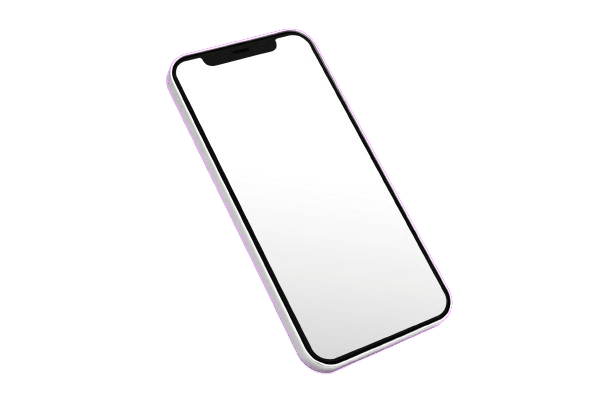
Here is an extensive guide on side impact collisions and how to prove a car accident wasn’t your fault.
To file a non-fault accident claim, you need to present all your evidence to your claims handler. They will use this evidence to demonstrate that the accident wasn’t your fault and pursue a claim against the other driver’s insurance policy.
To effectively prove the car accident wasn’t your fault, it is crucial to choose a reliable and experienced claims handler. They will ensure your evidence is thoroughly reviewed and accurately presented to support your case.

After an accident, many people instinctively call their own insurance company first. However, contacting an Accident Management Company can be more beneficial. They provide an independent, non-fault expert team dedicated to managing your claim and maximizing your chances of a successful outcome.
To learn more about the benefits of claiming with an Accident Management Company, click here or call us now at 0778 612 8786.
Remember: Car accidents can be complex, and proving that the accident wasn’t your fault can be challenging.
At high speeds, it takes longer to stop the vehicle. Even if the driver who was impacted saw the collision coming, they might not have been able to avoid it.
Moreover, the force of an impact is significantly greater when a car is traveling at high speeds. This can result in more severe injuries or even fatalities for the occupants of one or all vehicles involved.
Distracted driving is a leading cause of motor vehicle accidents.
There are three primary types of distraction:
One of the most common distractions is texting or using a mobile phone while driving.
It is a frequent cause of accidents because it has been shown to impair a driver’s ability to focus on the road and react quickly to changes in traffic or road conditions.
The financial and emotional toll this can take on people is significant.
However, proving that a car accident wasn’t your fault can be relatively straightforward. It starts with:
Driving under the influence of any substance increases the likelihood of accidents, including but not limited to side-impact collisions.
The driver may have difficulty staying in their lane, causing their vehicle to drift into oncoming traffic or another lane and collide with another vehicle’s side.
The driver may have slow reaction times. They won’t have enough time to brake or swerve to avoid a collision if they are required to do so.
Tailgating is a dangerous driving behavior that can significantly increase the risk of an accident.
To avoid tailgating, the Highway Code provides specific recommendations for stopping distances for all drivers.
When vehicles are traveling too close to one another, it becomes harder for either driver to react in an emergency, increasing the risk of a side-impact collision.
Tailgaters may force other drivers to make sudden lane changes or unsafe maneuvers, which can lead to a collision.
Tailgaters may not provide enough space when changing lanes or merging into traffic. On crowded roads or motorways, this increases the risk of other motorists being involved in an accident.
The negative financial and emotional impact of a car accident can be significant. However, proving the accident wasn’t your fault can often follow a straightforward process:
If you’ve just been in a car accident that wasn’t your fault, the best initial contact is Elite Accident Management. As experts in Accident Claims Management and Credit Hire, we’re your independent ally.
We handle non-fault claims directly with the other driver’s insurance, protecting you from:
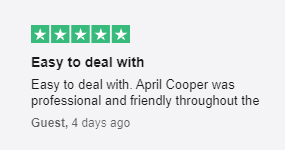

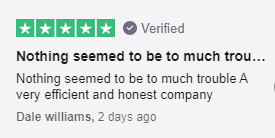
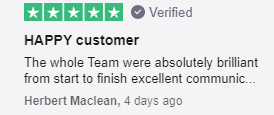

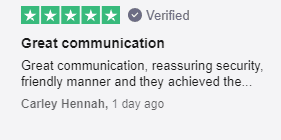
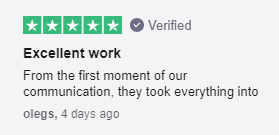

Showing our 4 & 5 star reviews
The type of accident doesn’t always determine fault, but understanding it can guide you in proving the accident wasn’t your fault and determining liability.
For expert guidance on proving a car accident wasn’t your fault, call us to speak with a non-fault accident specialist who can advise you on your next steps.
often occurring when one vehicle attempts to change lanes and makes contact with the adjacent car.
A T-bone accident, also known as a broadside collision, occurs when the front of one vehicle crashes into the side of another. These accidents commonly happen at intersections when a driver pulls out suddenly, runs a red light, or cuts off another vehicle while turning.
If you were involved in an accident where:
– Another driver pulled out in front of you
– Another driver ran a red light
– Another driver cut you off while turning
It’s likely that you were not at fault in these scenarios. However, fault isn’t always clear-cut. Gathering thorough information is crucial to substantiate your innocence.
A head-on collision occurs when two vehicles collide directly into each other, often when one vehicle attempts to pass another and enters the oncoming lane. These accidents are highly dangerous and can result in severe injuries or fatalities.
Fault in a head-on collision is typically determined based on factors such as:
– Unsafe passing maneuvers
– Inattentive or impaired driving
– Mobile phone usage
– Ignoring traffic signals or signs
– Disregarding weather and road conditions
– Driving under the influence
The specific rules of the road where the accident occurred and witness statements, if available, also play crucial roles in establishing fault.
Understanding the precise location and manner of the head-on collision is crucial. This allows for detailed analysis of road signs and signals to determine fault. If it’s determined that the other driver crossed into your lane, violating your right-of-way, they are likely at fault for the accident.
A rear-end collision happens when a vehicle is struck from behind by another vehicle. These accidents are among the most common on the road.
The driver following must adhere to the highway code, maintain safe following distances, and drive responsibly. Meanwhile, the driver in front should execute maneuvers safely and adhere to traffic laws.
In most cases, the driver who rear-ends the vehicle ahead is considered at fault. However, there are exceptions. For instance, the driver ahead might be deemed responsible if they made an intentional or unnecessary stop, contributing to the accident.
To establish this, evidence and witness statements corroborating an intentional or unnecessary stop would be crucial.
The determination of rear-end accidents is often down to the driver behind not correctly paying attention or sticking to the highway code. These factors include:
Common Car Accident: Parking Lot Collisions A parking lot collision occurs within parking facilities and can result from factors such as negligence, driver error, limited visibility, or reckless behavior.
EXCELLENT on Trustpilot
and FCA Regulated.
Your no claims bonus won't be affected
Receive a comparable vehicle.leo.
Dedicated claims handler
Avoid paying your insurance excess
Nationwide recovery and storage available 24/7
ngineers and Access to a national repair network.


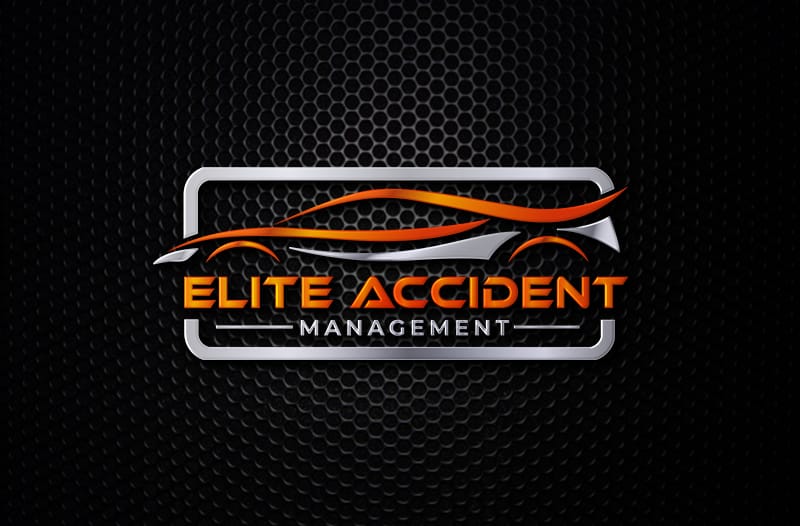
Elit Accident Management(ECM)
122A new road side
horsforth
leeds
ls18 4qb
Registered: 06852246
FCA Regulated: FRN830899
Copyright ⓒ 2024 | Auto Claims Assist Ltd (ACA) | Website by DISRUPT.
Privacy Policy | Cookie Policy | Terms & Conditions | Site Map | Locations